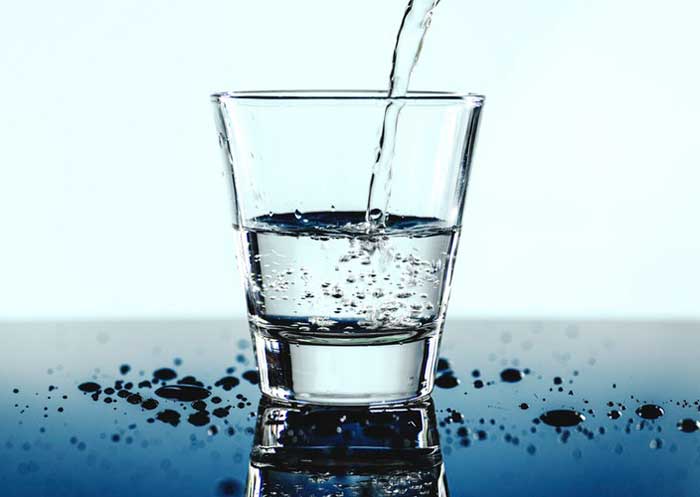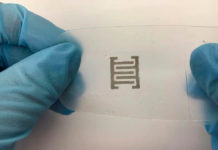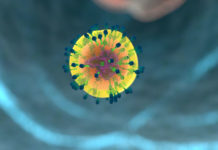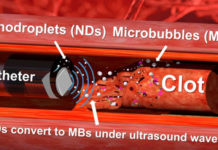 The problem of cleaning wastewater from pathogenic bacteria has found an original solution, namely a technique developed at the University of New South Wales in the Australian city of Canberra. Malicious microbes are destroyed by hot carbon dioxide passing through polluted waste. The technique has shown high efficiency and a low cost.
The problem of cleaning wastewater from pathogenic bacteria has found an original solution, namely a technique developed at the University of New South Wales in the Australian city of Canberra. Malicious microbes are destroyed by hot carbon dioxide passing through polluted waste. The technique has shown high efficiency and a low cost.
The idea is quite simple. Hot carbon dioxide is supplied to the bottom of the tank with polluted water. Hot bubbles rush to the surface, destroying all harmful microbes along the way. To ensure the destruction of harmful fauna, the temperature of carbon dioxide should be in the range from 100 to 205 degrees Celsius. Money can be saved due to the fact that it is much easier to heat up a small amount of gas than to boil the whole tank with dirty water.
When testing the method, various gases were used, including air, but carbon dioxide showed the highest efficiency. In addition, the gas itself is a process waste discharged into the environment. During the cleaning process, polluted water is heated to only 55°C and no chemical reactions occur with the release of harmful substances.
After cleaning, carbon dioxide comes to the surface and can be collected for reuse. There is no need to install compressors to create additional pressure – the gas just heats up. The first testing of the technique took place on a pig farm in order to clean the wastewater.






